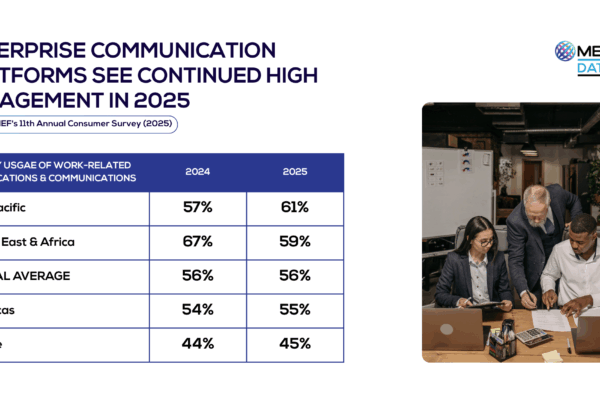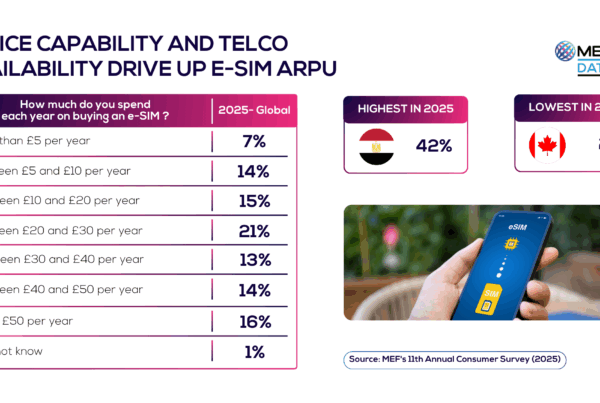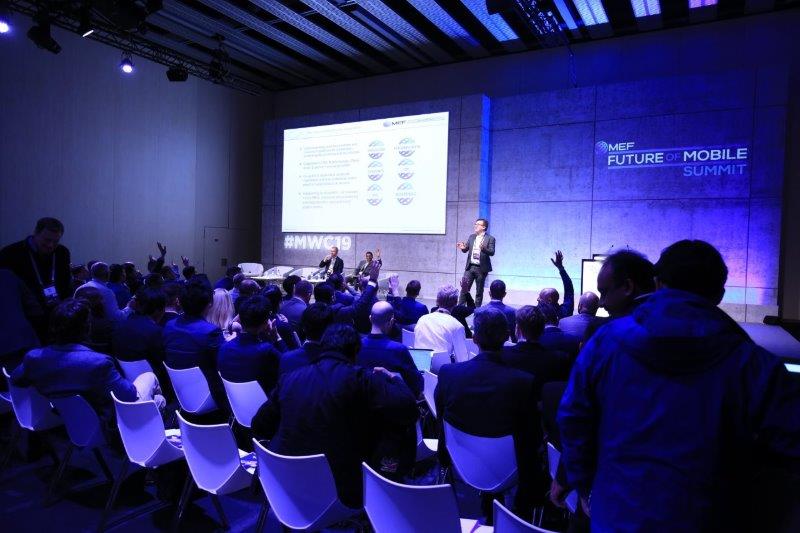MEF’s Riccardo Amati explains Oracle’s bold pivot under Larry Ellison, focusing on AI inference and multi-cloud expansion. With 71 new data centers planned, Oracle aims to power mobile apps and services by linking enterprise data with large models. Rising backlog, strong contracts, and infrastructure growth highlight momentum, though execution risks and fierce competition remain significant hurdles.
The old tech’s wolf steers Oracle into the AI and mobile future with multi-cloud expansion and new data centers, aiming to turn the longtime tech giant into a central player in next-generation infrastructure
Larry Ellison is back, and Wall Street loved his return. Oracle shares leapt after the company released results and laid out its new strategy. Investors pushed the stock higher because they saw a clear plan—one that places Oracle at the center of the mobile internet’s next phase.
The story is not about nostalgia; it is about infrastructure. Mobile apps and services need power to run artificial intelligence at scale. Ellison and Oracle are promising to supply it. That is why Wall Street cheered. The bet is that the mobile services of the future will depend on Oracle’s machines and software.
If the company can deliver, the shift could place Oracle alongside the biggest cloud operators. For the mobile world, it means new suppliers and new routes to build services. For Oracle, it means relevance in an industry it once missed.
Oracle wants to be part of the backbone of the mobile internet’s next phase. If Ellison and Catz succeed, the mobile ecosystem will have a new heavyweight partner. If they fail, the industry will remain tied to the existing giants.“
The inference turn
“AI changes everything,” Ellison told analysts. “Next month we will introduce the Oracle AI Database, which allows customers to choose the large model they want—OpenAI, Google, Anthropic, xAI, and others—and combine it with their own private data. That database will live in the cloud or across multiple clouds”. Multi-cloud database revenue from Amazon, Google, and Microsoft grew at a rate of more than fifteen hundred percent in the quarter. “We expect multi-cloud revenue to grow every quarter for years as we deliver another 37 data centers to our hyperscaler partners.” In total, that would give Oracle 71 new data centers. And this is just the beginning, according to the co-founder of the Silicon Valley giant.
The new Oracle is built around one word: inference. Training AI models is costly and concentrated in a few labs. Running those models in real time—inference—is where daily business happens. It is where mobile assistants, recommendation engines, and consumer apps live.
Ellison wants Oracle to be the home for that work. The company is building new data centers and selling customers the right to run their models over Oracle databases. The promise is simple: take enterprise data, connect it with powerful models, and run it at scale.
The second leg of the plan is multi-cloud. Oracle will work not only on its own servers but also through Amazon, Google, and Microsoft. Customers with data spread across clouds can still use Oracle to link it all together. The approach makes Oracle less an outsider and more a bridge.
The challenge is execution. Building data centers requires billions of dollars and flawless delivery. Competitors are ahead in size and brand. Customers will ask whether Oracle can match performance while holding down costs. CEO Safra Catz must prove the company can move fast enough.
Ellison took a measured approach to the AI revolution, carefully considering where Oracle could make the most impact. Now, with the Oracle AI Database and a multi-cloud strategy, he is fully committing to the AI race.”
Beyond the Numbers
The quarter’s numbers showed why investors took the bet. Revenue rose modestly. The headline was elsewhere: future bookings exploded. Contracts not yet delivered grew more than fourfold in a year, reaching levels close to half a trillion dollars. That backlog gives visibility to years of cloud demand.
Cloud infrastructure revenue rose more than half compared with the prior year. This is the part of Oracle’s business that matters for inference and mobile services. Applications grew too, though at a slower pace. Earnings were steady, showing that Oracle can spend heavily on growth without losing control of profit.
“We signed four multi-billion-dollar contracts with three different customers in the first quarter,” CEO Safra Catz emphasized on the earnings call. “Demand for Oracle Cloud Infrastructure continues to build. Over the next few months, our backlog is likely to exceed half a trillion dollars.”
Ellison’s role is clear. He is not only the chief technology officer and executive chairman but, above all, the architect of a pivot, steering a company long known for databases into the race for AI infrastructure. At 81, he is once again at the center of Silicon Valley’s story.
What It Means for the Mobile Ecosystem
For the mobile industry, Oracle’s shift has practical meaning. Apps need inference to work in real time. They need to serve users without delay, at scale, and across borders. Oracle’s new infrastructure aims to supply that capacity.
Entrepreneurs can see new doors open. Mobile apps that rely on large models may find cheaper or more flexible hosting in Oracle’s cloud. Startups can tap into Oracle’s database-AI link to build secure mobile services that handle private data. Hybrid models—with some work on the device and heavy lifting in the cloud—become easier if Oracle delivers fast, global centers.
The risks are real. Latency remains a hurdle. Cloud pricing will shape which developers can afford to build. Regulatory limits on data movement could slow adoption. And Oracle is not alone; Amazon, Microsoft, and Google remain larger players.
But the direction is set. Oracle wants to be part of the backbone of the mobile internet’s next phase. If Ellison and Catz succeed, the mobile ecosystem will have a new heavyweight partner. If they fail, the industry will remain tied to the existing giants.
The old wolf is back for a new contest. Mobile entrepreneurs should take note: the ground beneath their apps is shifting, and Oracle is betting it can be the foundation.
MEF Podcasts
For more discussion, interviews and insights subscribe to our three regular podcast channels
Listen Now…









